Thermoforming
Need large, cost-effective parts with smooth finishes? Thermoforming delivers big-format plastic components quickly and affordably.
CPS connects you with trusted thermoforming partners. You’ll get on-spec parts, on time, without the guesswork.
What Is Thermoforming?
Thermoforming is a sheet-forming process where a plastic sheet is heated to a pliable temperature, then shaped over or into a mold using vacuum, pressure, or mechanical force. Once the sheet conforms to the mold cavity, excess material is trimmed away, leaving a finished part. This approach produces large, lightweight components with minimal tooling investment and fast turnaround. It’s ideal when injection molding or structural foam isn’t cost-effective for big or simple geometries.

Image courtesy of Hampel

Image courtesy of Hampel
Custom Thermoforming Solutions
CPS evaluates your part geometry, volume, and material requirements, then matches you with the right thermoformer. We guide your project through tooling design, material selection, and production planning so you hit performance targets, control cost, and accelerate time to market.
Why should you choose thermoforming molding for your parts?
- Lower tooling and startup costs compared to injection or structural foam
- Fast lead times with aluminum or composite molds
- Large part capability (up to 8 ft or more) without multi-piece assembly
- Lightweight parts with smooth surface finishes
- Flexibility in color, texture, and material choice
- Efficient medium-volume production (hundreds to thousands of parts)
- Ability to accommodate modest undercuts and draft angles
- Less energy usage and quicker cycles versus alternatives
Thermoforming Capabilities
Our thermoforming partners have the equipment and expertise to handle large-format parts - up to eight feet or more – with consistent quality and repeatable performance. In addition, our partner can form large parts up to 7’ x 11’ x 70” deep, leading the industry in deep draw capabilities. Often, this helps you to consolidate a former two or three part assembly into a single part.
Whether your project calls for vacuum forming, pressure forming, or twin-sheet construction, CPS manages every stage from tool transfer or new mold build to trimmed, finished parts. We coordinate material sourcing and sheet stock selection, monitor key milestones, and oversee secondary operations like CNC trimming, hole drilling, and assembly prep. That means you get production-ready components without the delays or handoffs that typically slow large part programs.
Materials Matter
We’ll help you choose the sheet that meets your performance needs for rigidity, impact and chemical resistance, and UV stability. Common thermoforming materials include:
- High Impact Polystyrene (HIPS): Economical, good for graphic overlay panels and signage.
- Acrylonitrile Butadiene Styrene (ABS): Rigid, smooth finish—used in enclosures, point-of-purchase displays.
- Polyethylene (HDPE, LDPE): Tough, chemical-resistant—ideal for outdoor tanks, piping covers, utility carts.
- Polypropylene (PP): Good fatigue resistance—used in food trays and chemical containment.
- Polycarbonate (PC): High impact and clarity—suitable for medical trays, machine guards.
- PVC: Durable, flame-retardant grades available—used in appliance liners, instrument panels.
- TPO and Specialty Blends: UV-stable alloys for outdoor signage, agricultural hoods, and heavy-equipment panels.

Image courtesy of Hampel
Industries We Serve
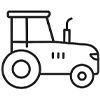
Agriculture
Lawn & Garden

Transportation

Water Management
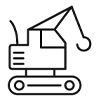
Heavy Equipment
Portable Sanitation
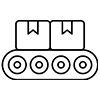
Material Handling

Medical & Healthcare
Retail Displays
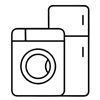
Appliance & Electronics
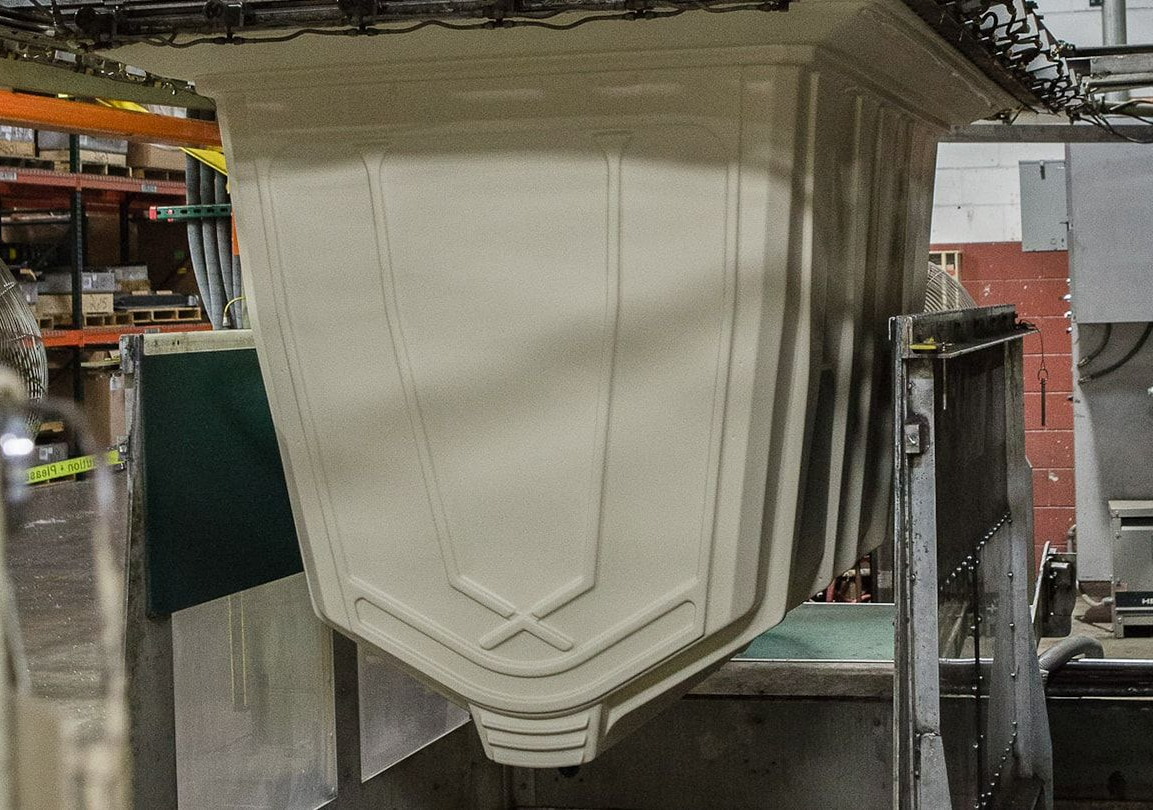
Image courtesy of Hampel
Benefits of Working with Custom Plastic Solutions
You need a thermoforming partner who understands sheet-forming nuances and keeps your project on track. With nearly 30 years in plastics and an unbiased network of U.S. processors, CPS ensures you get:
Ready to turn heated sheet into finished parts? Talk with a CPS specialist today and see how we simplify large-format plastic production.
Frequently Asked Questions
How is thermoforming different from injection molding?
Thermoforming uses plastic sheet stock rather than pellets, and shapes the material over a mold instead of injecting it into one. Tooling costs are significantly lower and lead times are shorter, making it ideal for medium volumes and large parts. However, thermoforming is generally better suited for less complex designs compared to injection molding.
What is twin sheet thermoforming?
Twin sheet thermoforming is a process where two plastic sheets are heated and formed simultaneously on separate molds, then fused together under heat and pressure to create a single, hollow part. This technique allows for complex geometries, embedded metal components, dual color parts, internal structures, and multi-functional components with high strength and rigidity. It’s commonly used for products like pallets, tanks, and enclosures that require internal cavities or dual-surface functionality.
What types of parts are best made with thermoforming?
Thermoforming is ideal for large-area parts with moderate structural needs, such as enclosures, panels, trays, tanks, covers, dunnage, and interior components. It’s frequently used in the material handling, agriculture, transportation, medical, and recreational markets.
Which are the best materials for thermoforming?
Most thermoplastics can be thermoformed once they’re extruded into sheet form. Material selection depends on performance requirements like impact resistance, temperature, UV stability, and chemical exposure.
Can thermoformed parts include complex features or undercuts?
Basic undercuts and features can be achieved using matched molds or plug-assist forming, but highly complex geometry is better suited for injection or structural foam molding. Thermoforming works best for simpler shapes with generous draft angles.
How large can thermoformed parts be?
Thermoforming is well suited for oversized parts – up to 8 feet or more, depending on equipment capabilities. It’s a preferred method when injection molding would be too costly or technically unfeasible due to part size.
What are the benefits of thermoforming?
Thermoforming offers:
- Lower tooling and startup costs
- Faster lead times than injection molding
- Lightweight part construction
- Smooth surface finishes
- High production efficiency for medium volumes
- Flexibility in color, texture, and material selection
How does thermoforming help reduce costs?
Because tooling is typically aluminum and simpler to produce, upfront investment is lower. Production costs are also reduced through shorter cycles and less energy usage. For large parts, thermoforming can eliminate the need for expensive multi-part assemblies.
Which industries use thermoformed plastic parts most often?
Industries that rely on thermoformed parts include:
- Material handling and logistics
- Medical and healthcare
- Agriculture and heavy equipment
- Automotive and recreational vehicles
- Retail and POP displays
- Appliance and electronics
How can I request a quote or get started with a thermoforming project?
Visit our contact us page or give us a call at 440-539-2433 to discuss your part requirements. We’ll help you evaluate whether thermoforming is the best fit for your needs and connect you with the right manufacturing partner.
Our Processing Partner

